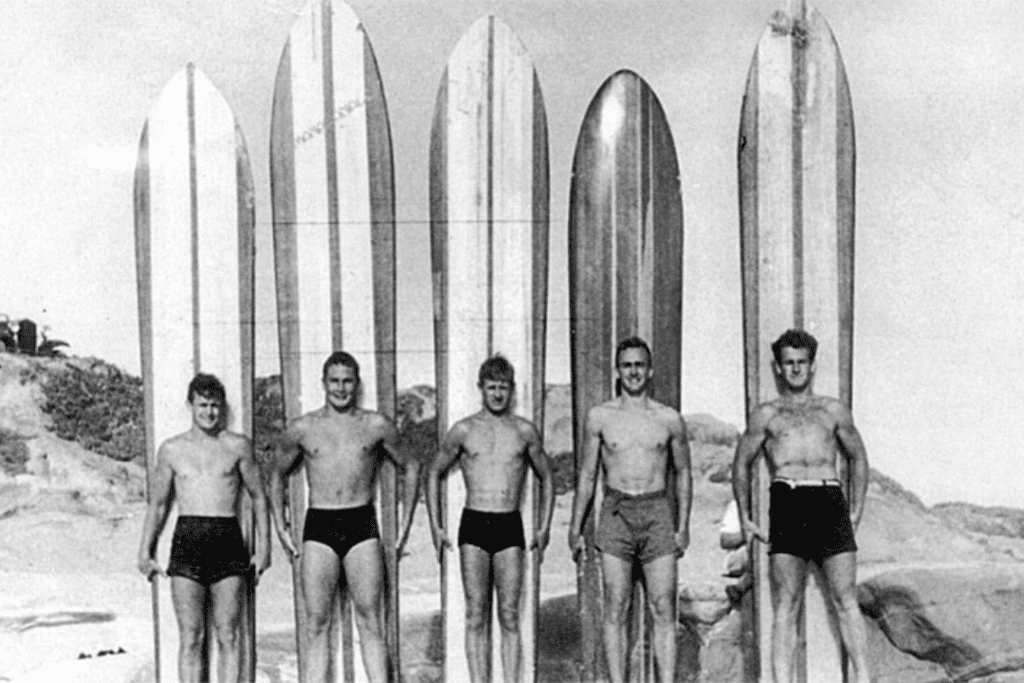La Jolla’s Windansea Beach is one of the area’s most popular spots for expert surfers, beachgoers, and tourists.
But, most of all, it’s a beloved gathering place for its passionate local community. It’s been immortalized through movies, art, and music.
From trickster teens to packed luaus with whole pig roasts, beach keggers, and pie fights, it’s got decade’s worth of shenanigans that have kept the local Windansea lore full of wild stories and memories, especially to those who called Windansea Beach their home.
Read further as we dig deeper into the history of La Jolla’s Windansea Beach and what makes this corner of La Jolla so special.
History of La Jolla’s Windansea Beach
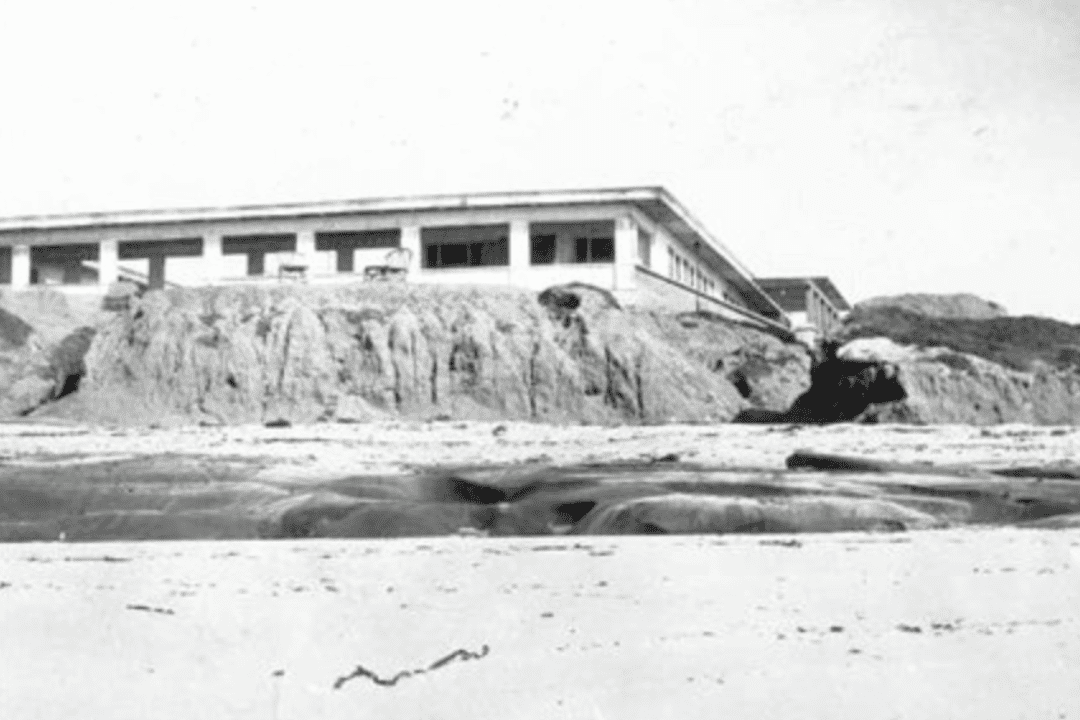
Windansea Beach was initially known as Neptune Beach as it runs along Neptune Pl. In 1909, the popular oceanfront Strand Hotel was built at the corner of Neptune Place and Playa Del Sur St.
Sources say the 22-room, one-story wood building was later named the Windansea Hotel when the owner Arthur Snell held a contest to give the property a new name.
Mrs. Montgomery Brackett is said to have won the prize of 6 dinners at the hotel’s restaurant for coming up with the name Windansea. As for the meaning, it’s “wind and sea” for the area’s high winds and strong surf, and eventually, the beach adopted the Windansea name as well.
The hotel, unfortunately, burned down in a kitchen fire in 1943, and despite plans to rebuild, it never was.
Surf Culture Takes Over La Jolla’s Windansea Beach
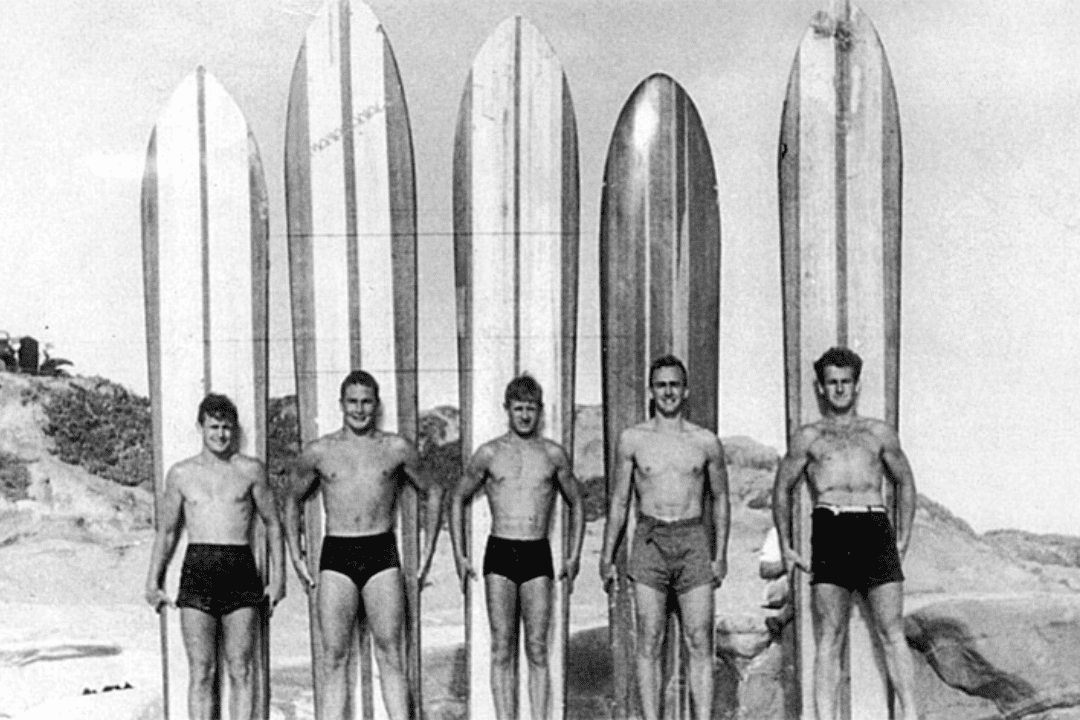
The ancient sport of surfing dates back to the late 15th century, where evidence found in Hawaiian chants and Petroglyphs tell the stories of great surfing conquests. It was a sport deeply ingrained in their society and way of life.
It wasn’t just for sport and fun but was highly regarded as a spiritual practice and to determine social status. For example, he who could surf the best would be the chief of the tribe, the top dog, or the group leader.
Throughout the 1920s and 30s, the legendary surfer from Waikiki, Hawaii, Duke Kahanamoku, introduced surfing to Southern California beaches and helped establish surfing as one of the most popular pastimes on the West Coast.
Those in La Jolla who wanted in on the surfing lifestyle were in the perfect place to learn and would soon dominate one of the country’s most reliable, high-performance reef breaks.
During the 1930s and 40s, La Jolla’s Windansea Beach started to build its legacy as the ultimate place to surf. Early Windansea Beach legends Don Okey, John Blankenship, Buddy Hull, Woody Elkstrom, Towney Cromwell, Bill Isenhouer, Fred Kenyon, and Andy Forshaw were at the forefront of the surf culture movement at Windansea Beach.
Aside from shredding it in the water, they were also responsible for the iconic surf shack that stands on the beach to this day.
The Surfer’s Shack

The guys may have been responsible for building the surf shack, but it came at the ladies’ request, who wanted a shady spot to get some reprieve from the sun and watch the boys in the water. So, in June 1946, the 10 x 12 shack was finally completed, with no idea the structure would become such a fixture at Windansea Beach.
The group held a huge luau to celebrate the shack, inviting surf communities up the coast from San Onofre, Santa Barbara, and Long Beach. Even the local newspapers reported on the two-day 500-person event, complete with whole pig roasts, decorations, singing, dancing, and partying! From then on, the luau became an annual summer tradition.
In 1950, the shack was rebuilt to be a bit larger with improved reinforced materials and design. Then, in June 1998, with the help of the Friends of Windansea,
It became an official historical landmark with a bronze plaque that reads “Historical landmark 358. The surf shack Windansea Beach, built by returning WWII surfers in 1947 for shade and aloha.”
The shack has endured many storms and rebuilds and remains a symbol of the Windansea Beach surf culture. In 2022, the city of San Diego announced March 20 as the Windansea Surfer Shack Day to honor the legends that built it, maintained it, and all who cherish it.
Days of Debauchery
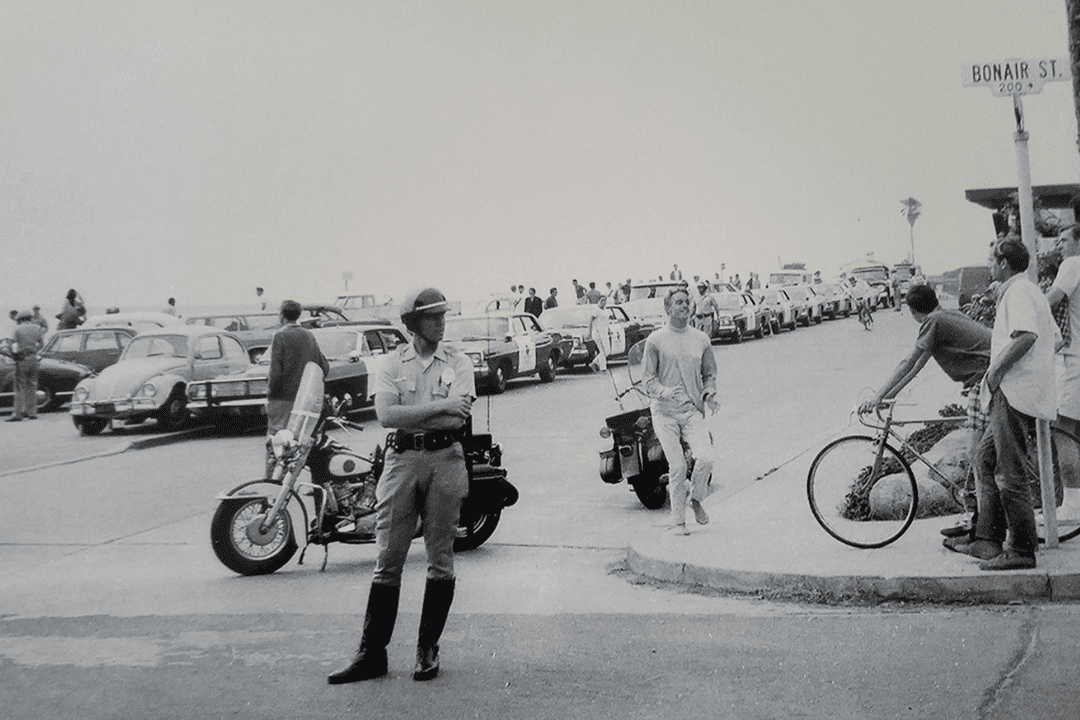


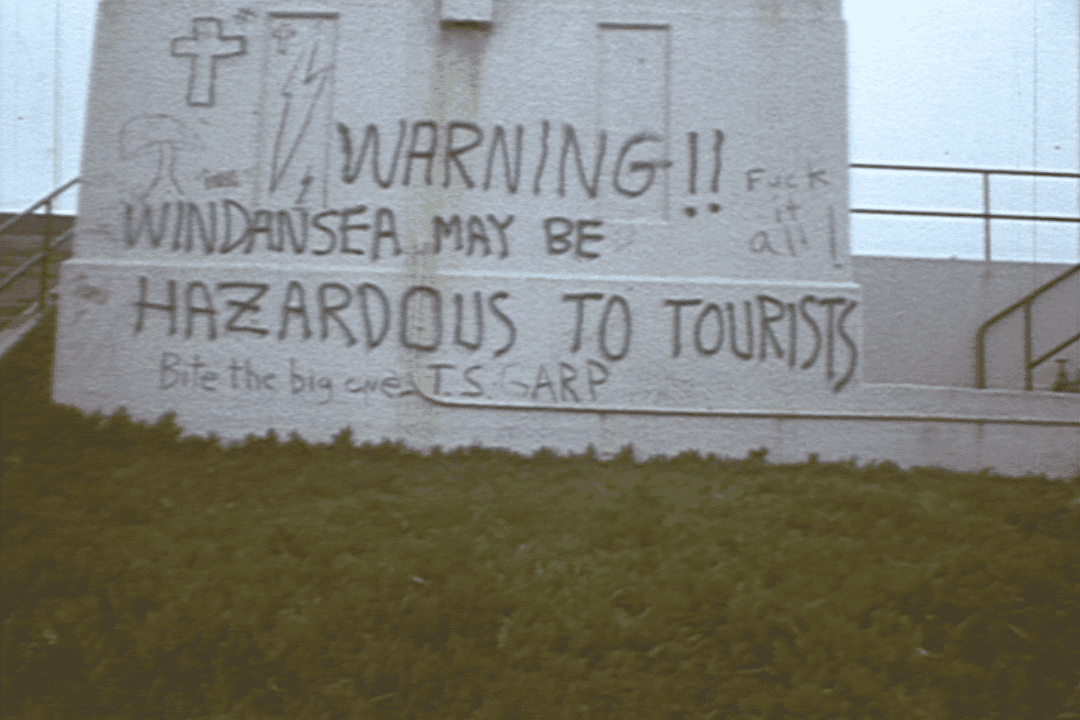
As the decades passed and the rise of surf culture became more and more popular throughout the 1960s, Windansea Beach gained even more notoriety, and the torch was passed on to a new breed of surfer.
The new Windansea crowd was known for their wild, menacing, and territorial reputation. Led by local figures like Jack “Mac” Macpherson, Butch Van Artsdalen, Bob “Meda” Rakestraw, Billy Graham, and Carl Ekstrom, who were just a handful of guys who brought a rebellious spirit to the scene. They became known as the Mac Meda Destruction Company and spearheaded a cultural shift where defiant tendencies and attitudes were embraced.
The “Windansea crowd was the most radical of all..it was just another way to flip off society!”
Greg Noll, Legendary Big Wave Surfer
The era of luaus gave way to beer-fueled beach parties accompanied by rock ‘n’ roll. It was all about having fun on the beach with friends, music, and drinking. These gatherings, known as “conventions,” became iconic moments at Windansea Beach, and local authorities always kept a watchful eye on the happenings at Windansea.
The boozy beach conventions at Windansea had a long reign through the 70’s and 80’s, but ultimately, the ragers became fewer and farther between, marking the end of an era.
“All of us were pretty impulsive. We never thought that far ahead you just did things and never thought about what would happen or consequences or anything.”
Carl Ekstrom, Pioneer surfboard builder/designer
The time where pushing boundaries and challenging authority at Windansea may be over, but the legacy and lore lives on, and new generations of locals are making the iconic Windansea Beach a part of their unique life story.
Locals Only

La Jolla’s Windansea Beach has a long reputation for localism, with surfers and locals being particular about who’s on the beach and, even more importantly, who’s in the water. As rowdy as the crowd was with their rebellious party habits, they were also unafraid to confront outsiders. Locals made it clear outsiders weren’t welcome at Windansea, whether surfing newbies or tourists.
The pumphouse often had spray-painted messages like “Warning!! Windansea may be hazardous to tourists!” or proudly displayed bumper stickers that read “If you don’t live here, don’t surf here!!”. This even applied to locals living in La Jolla but not Windansea.
This attitude intensified after founding the WindanSea Surf Club when some of the most talented local surfers dominated the Malibu contest. This boost in confidence naturally came with bragging rights and a feeling of superiority. The best surfers are the chiefs, after all, right?
“The most rebellious group of people I ever met. They were like wild animals!”
Fred Van Dyke, Legendary Big wave surfer
In August of 2022, CBS 8 San Diego reported a fight among surfers in the water at Windansea Beach.
President of the WindanSea Surf Club, William Fitzmaurice, commented saying “There’s always a little tension in the water no matter where you surf, it’s when there’s no etiquette you have a problem–if you’re a beginner, go to a beginner beach.”
Emblems of the Past Torn Down
The Belvedere at Windansea Beach

La Jolla has several belvedere’s, or gazebos, that line the coast, providing shade to those enjoying the views. They have been signature fixtures in La Jolla since its earliest days of settlement. In the 1920s, Windansea’s belvedere was built on Neptune Street near Rosemont Street, and sometime in the 1980s, it was torn down.
The Friends of Windansea group plan to fund the construction of a new belvedere that would go up in the same place as the original, but the project is currently under appeal. Another local La Jolla group, Preserve Windansea, opposes the construction, believing it would have a negative environmental impact on the area.
Both groups represent values that the community of La Jolla takes seriously, seeking a balance between honoring history, and preservation, so La Jolla’s favorite seaside spots can be everlasting.
Hot Curl
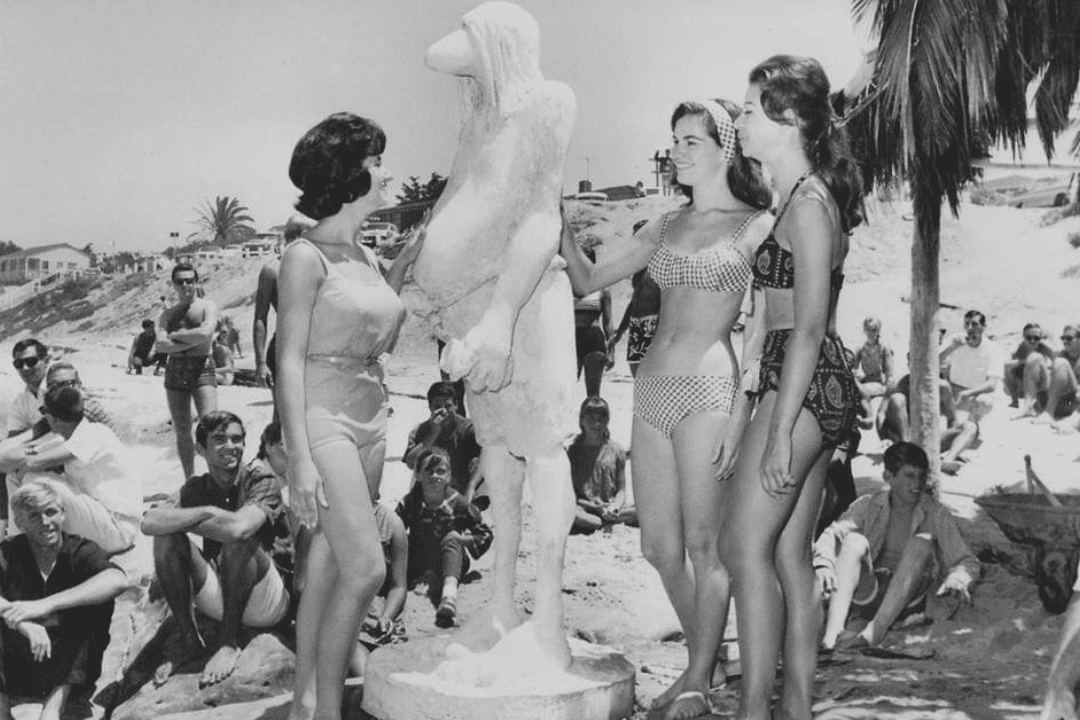
The Hot Curl sculpture was once a prominent yet short-lived landmark installed on the rocks at Windansea Beach, just feet from the Surfers Shack. Hot Curl was created in April 1963 by La Jolla artist Michael Dormer, Lee Teacher, and Thomas Cheney.
The character stood 6 ft tall, with mopped hair, boney knees, a pot belly, and a beer in his hand. He soon became the official surfing mascot of the West Coast, representing a free-living, ocean-loving, good-time-having spirit. Hot Curl appeared in comic books, magazines, TV, movies, and art.
The City of San Diego went after the statue, calling for its removal because it wasn’t built with the proper permits. Eventually, they had their way and demolished Hot Curl soon after it went up.
Cheney, Dormer, and Lee went to work building a second Hot Curl that would be 400 lbs of concrete, mounted on a more substantial cement base, and it went up in July of the same year. And yet again, only after a few weeks did vandals decapitate Hot Curl and damage the rest.
A new Hot Curl never went up again, but it lives on in the lore. A replica of Hot Curl can be seen at the California Surf Museum in Oceanside.
Windansea Beach in Movies, Art, & Music
Windansea’s popularity further increased its reach with its appearance in movies, music, and art. Tom Wolfe, the author of The Pump House Gang, sensationalized and embellished stories about the surf culture and its characters at Windansea, introducing that world to the East Coast.
However, Wolfe’s depiction of what went on at Windansea Beach was disputed by some who lived it, saying that some of the things that Wolfe wrote didn’t happen the way he said it or at all.
Wolfe wrote about what he called the ‘Pumphouse Gang,’ a group of teens that were always seen hanging around the concrete steps of the Pump House, pulling pranks and trying to keep the old folks and outsiders off the beach.
Wolfe came for the inside scoop on the surf shack crew, but when he was run off, he settled for the teens by the pump house who gave him what he was looking for, truth or not. Someone once wrote on the pump house, “Tom Wolfe is a DORK!” This confirms what they thought of this specific outsider.
Famed pop artist Andy Warhol came to La Jolla in 1968 with a small cast and crew to film San Diego Surf, a 90-minute film about an unhappily married straight couple that rents their beach house to a group of surfers. SurferToday called it “pop art, surfing, and surrealism for all tastes.”
Rock and roll duo Jan & Dean were popular among the suntanned teens that frequented the beaches of Southern California. Their song ‘Tell ‘Em I’m Surfin’ mentions Windansea in the lyric, “If she wants some company I’ll be out at Windansea, I’m going surfin’.”
And these are only a few examples of the impression Windansea Beach had in popular media.
La Jolla’s Windansea Beach Today
 Windansea remains a cultural icon that attracts the best surfers and visitors worldwide. Locals and tourists escape to Windansea Beach to sunbathe, explore the nearby tidepools, climb unique rock formations, and watch some of the best surfers take on the powerful surf break.
Windansea remains a cultural icon that attracts the best surfers and visitors worldwide. Locals and tourists escape to Windansea Beach to sunbathe, explore the nearby tidepools, climb unique rock formations, and watch some of the best surfers take on the powerful surf break.

